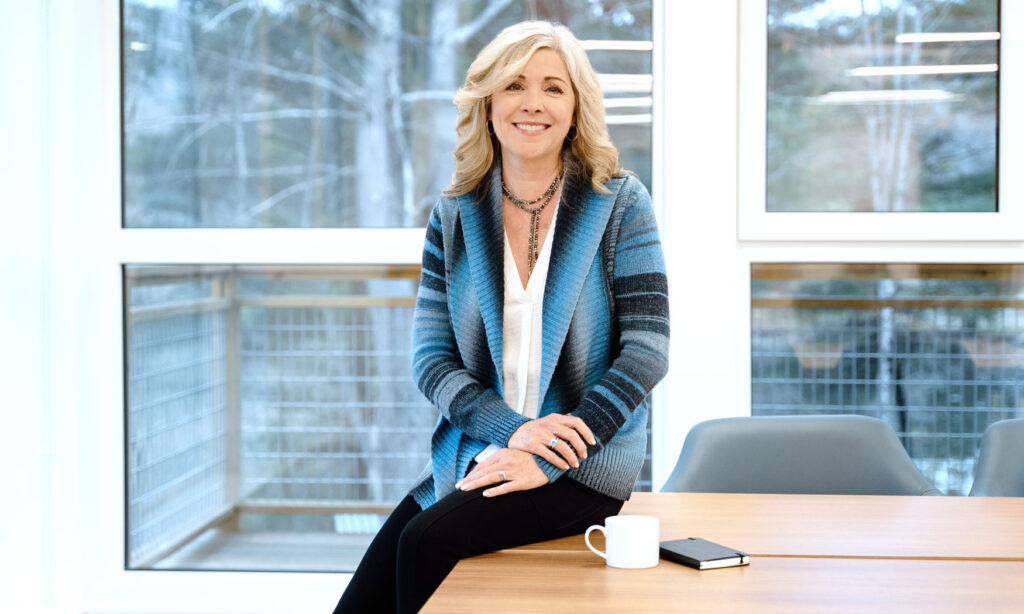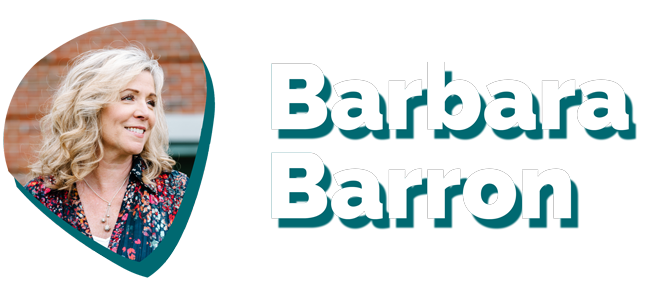by Barbara Barron | Posted April 27th, 2022 | Subscribe to this newsletter
Recently, I wrote about the feasibility study I was conducting. I wrote about how, as I am speaking with, and listening to, my client’s supporters, I am hearing vital information that they might not be sharing with my client. Stuff that really, truly should be, and would be, shared, if we created intentional lines of communication for this kind of feedback.
This led me to consider, broadly, the power of good questions, and the role that questions play in building a truly connected stewardship program.
And then I realized that there is one question that, if presented to a donor, could open up a whole world to anyone who asks it. A question that puts the power in the hands of your donors. A question that could change the dynamic of your program forever.
But before I tell you what this question is, I want you to ask yourself, “What questions am I not asking that I probably should? What is it that I am I truly afraid of hearing?”
Alright. With that in the forefront of our minds let’s begin.

There’s a line of inquiry in the set of standard study questions that is worth mining. We ask about the project we are considering. We ask what the donor thinks are the project’s “strengths and weaknesses.” We ask if the donor thinks the community will “go for it.” We ask about its “degree of appeal.” We ask how “compelling” it is.
After all, any project we endeavor to raise money for needs to stand up to the requirements of a capital campaign, right? It needs to appeal to a few anchor or lead donors who will carry the bulk of the campaign goal on their shoulders. We say 10-20 families will likely be responsible for 50% of the goal. Often 70-80% comes from a small but mighty group that needs to include 100% of the board of trustees. That’s table stakes. So that little group of leaders needs to love the project.
But it can’t be a project that only appeals to a small group. It needs support that is both broad and deep. That’s why we always ask these key questions:
· How will this project positively impact daily life for students and teachers?
· How will this project enable the school to more fully deliver on its inspiring mission?
· What will be lost or missed if we don’t do this project?
If the answer to any or all of these is “not so much” or “not clear” – that’s obviously a giant red flag! We need to be sure that the project has merit, impact, and appeal. It can’t just be a “nice-to-have.” Asking the opinions of the people who currently support the school at the highest level is an essential step. In fact, it is the best measure we have for predicting the potential success of our campaign.
But it shouldn’t end there. There’s one question that we simply must start asking.
Have you subscribed to this newsletter yet? It only takes a minute.
So, what’s the million-dollar question? Here it is:
“Are there other different objectives you think this organization ought to consider?”
In my experience, the first reaction is silence. But I’ve learned to wait. Good stuff can come.
First, the donor defaults to, “Well, if the organization and its leaders think this is the most important thing, who am I to question it?”
But wait! Ask it again. It can take a minute. When they do formulate their thoughts, it’s here that the truly interesting stuff comes out. Maybe it is an actual project that needs to be done. More often, however, it is the beginning of truth telling about what has been overlooked, misunderstood, or is going unspoken.
I’ve heard stories of hurtful moments. People being left out. Donors feeling like ATM machines. (Ouch!) Programs that are being neglected. Black holes of information about what was done with previous gifts or questions about the impact of past projects. I’ve heard donors share worries about staff who are overworked and under-appreciated, and about families receiving tuition assistance that never truly found their place in the community. Biases are revealed. Entitlement run amuck.
The answer to the big question, my friends, is never easy to hear. And in my role, as a consultant working for your school, there’s little that I can do to fix it. But I can ask the question, and I can listen to the answer. And I can share it, without attribution, so that the leadership of the organization can seek to address it or at least consider how to explore it further.
We cannot address what is invisible to us.
I’m curious to hear what you think about this question. I’m curious to hear if you’ve had experience with it or a question like it. I’m curious if you feel there is the time, effort, and attitude of openness at your school to even ask it. Can we attain a non-defensive posture? Because building something valuable always requires that, first and foremost. Let’s try. We have to.
My inbox is open. Let me know what you think.
Be well,
Barbara Barron

[email protected] // @BBAdvancement

My name is Barbara Barron, and I’m writing this blog to share advice on a profession that I adore.
I’ve been working in the field of Independent School Advancement for over 20 years. In that time, I’ve had the pleasure of creating and implementing successful fundraising plans and programs for so many incredible schools. I’ve had the privilege of seeing real growth at The Carey School, Marin Primary & Middle School, Woodside Priory, Crystal Springs, Presidio Knolls, Sage Ridge, and San Diego French American, and others. (Maybe we’ve met!)
Nothing makes me happier than seeing a struggling school start to thrive. My hope is that you’re here to make a positive change as well. I hope my advice can be a part of that change.
Shoot me an e-mail if you want to swap tips, or share your voice here.
Let’s do this, together.







